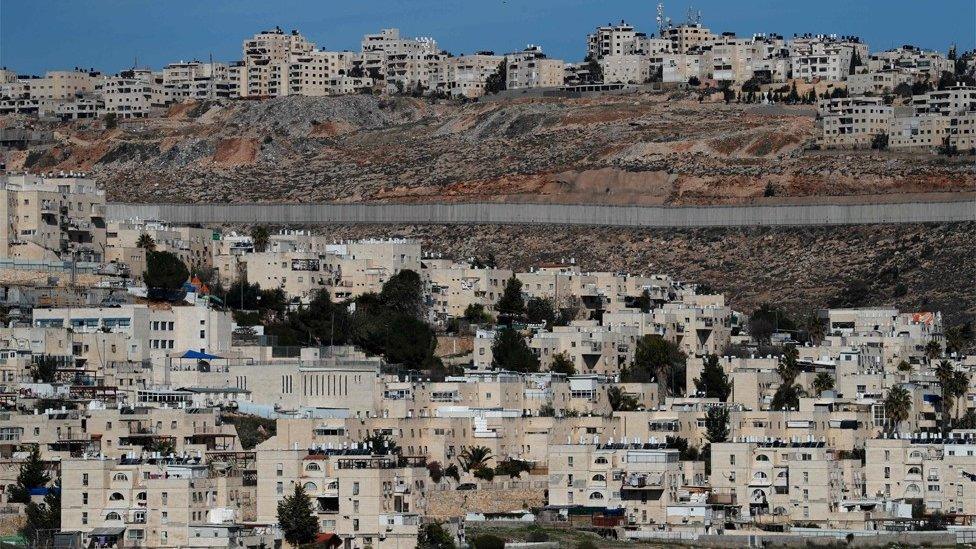Donald Trump's Middle East peace plan: The Israeli-Palestinian situation explained
- Published
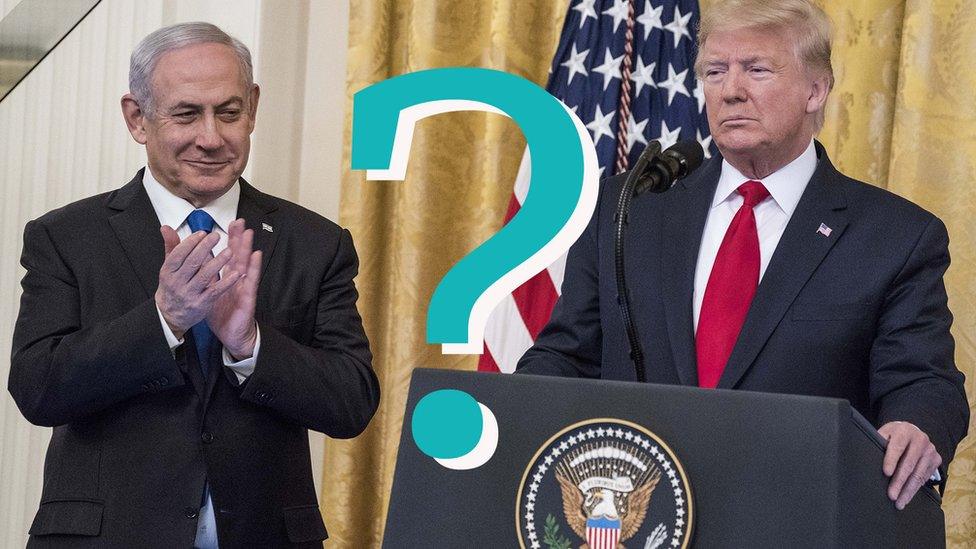
The "deal of the century". The "last opportunity" for Palestinians. A "win win opportunity for both sides."
That's how Donald Trump and Israeli PM Benjamin Netanyahu described the US President's Middle East peace plan which was revealed yesterday.
Israel and Palestine have been in conflict for decades over various political issues such as borders, refugees and the control of Jerusalem.
Under Mr Trump's new plan, Jerusalem will remain as Israel's capital but it has been rejected by Palestinian leaders.
The conflict between Israel and Palestine has been going on for more than 100 years, so there's a lot to try and get your head around, but we've broken it down for you here.
How did it start?
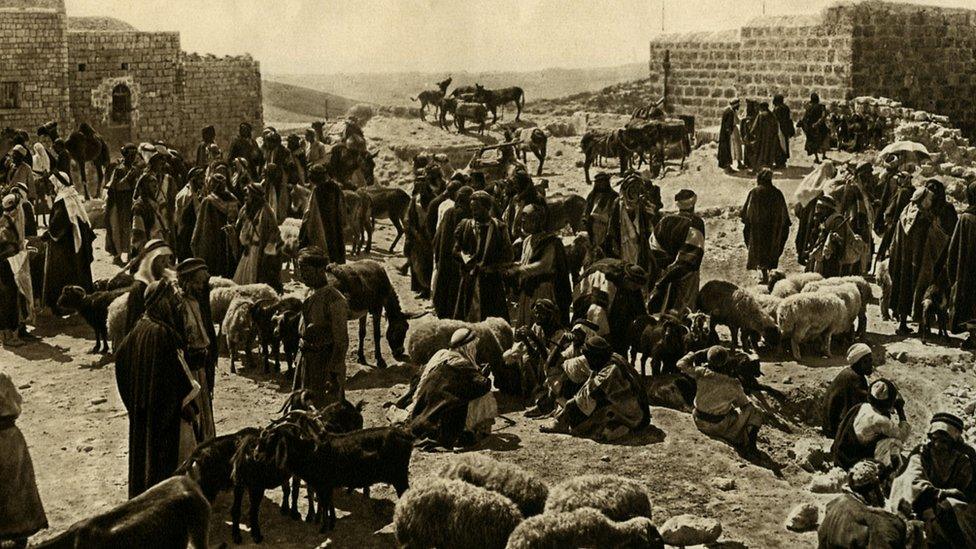
Bethlehem in the early 20th century
Britain took control of the area known as Palestine after the ruler of that part of the Middle East, the Ottoman Empire, was defeated in WW1.
The land was inhabited by a Jewish minority and Arab majority.
Tensions between the two peoples grew when the international community gave Britain the task of establishing a "national home" in Palestine for Jewish people.
For Jews, it was their ancestral home, but Palestinian Arabs also claimed the land and opposed the move.
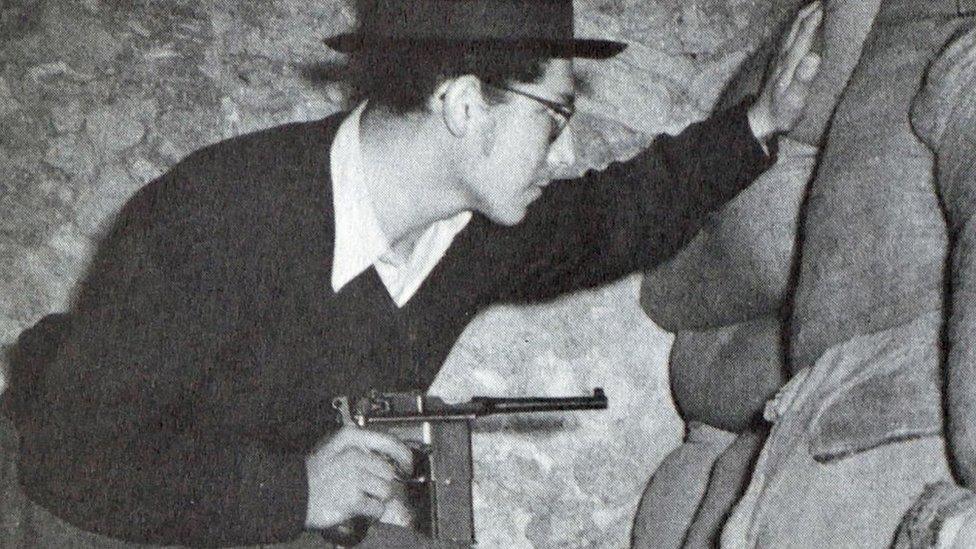
A Haganah (Jewish Underground) fighter just before the start of the Israeli War of Independence 1948
Between the 1920s and 40s, the number of Jews arriving there grew, with many fleeing from persecution in Europe and seeking a homeland after the Holocaust of WWII.
Violence between Jews and Arabs, and against British rule, also grew.
In 1947, the UN voted for Palestine to be split into separate Jewish and Arab states, with Jerusalem becoming an international city.
That plan was accepted by Jewish leaders but rejected by the Arab side and never implemented.
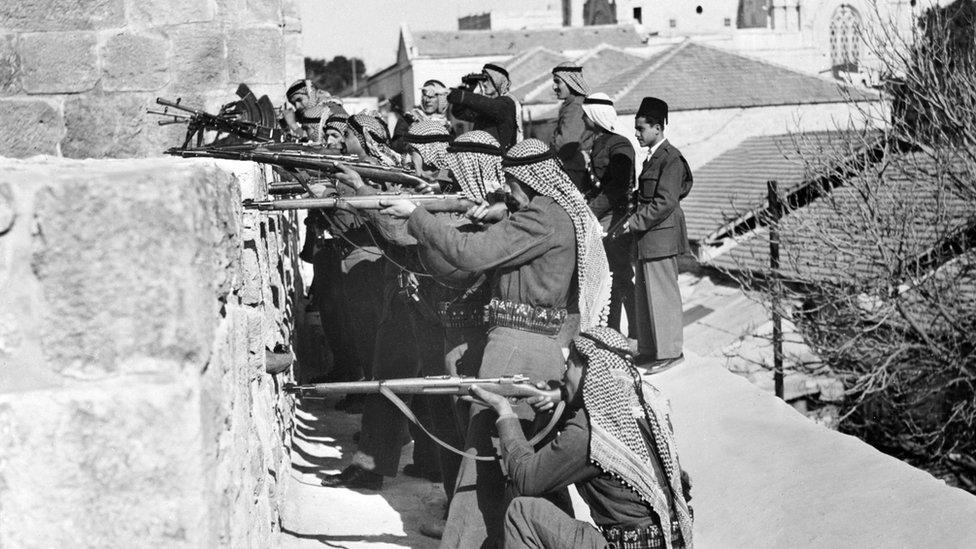
The soldiers of allied Arab Legion forces fire on Jewish fighters of the Haganah, the Jewish Agency self-defence force in March 1948
The creation of Israel and the 'Catastrophe'
In 1948, unable to solve the problem, British rulers left and Jewish leaders declared the creation of the state of Israel.
Many Palestinians objected and a war followed. Troops from neighbouring Arab countries invaded.
Hundreds of thousands of Palestinians fled or were forced out of their homes in what they call Al Nakba, or the "Catastrophe".
By the time the fighting ended in a ceasefire the following year, Israel controlled most of the territory.
Jordan occupied land which became known as the West Bank, and Egypt occupied Gaza.
Jerusalem was divided between Israeli forces in the West, and Jordanian forces in the East.
Because there was never a peace agreement - each side blamed the other - there were more wars and fighting in the decades which followed.
The map today
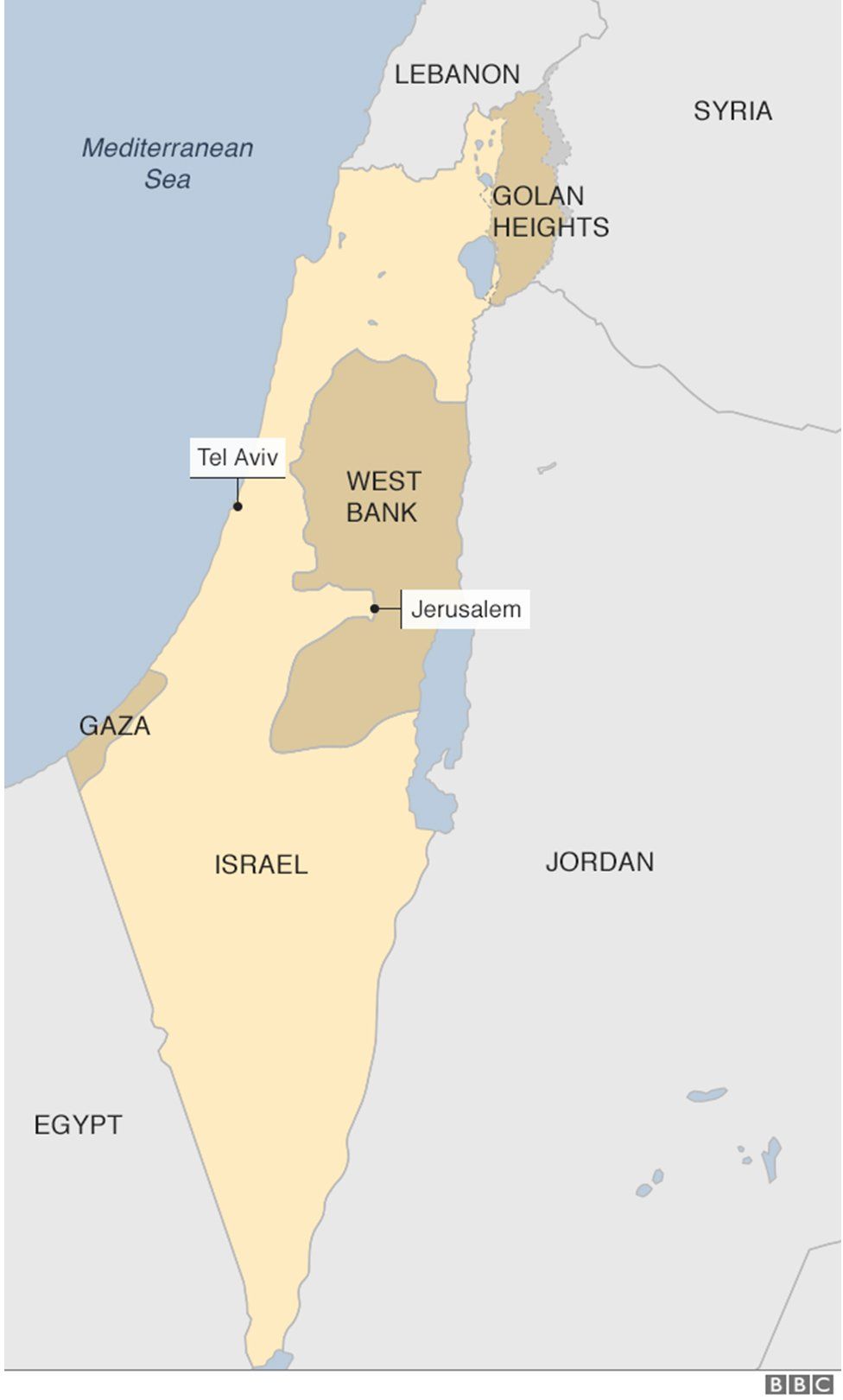

In another war in 1967, Israel occupied East Jerusalem and the West Bank, as well as most of the Syrian Golan Heights, and Gaza and the Egyptian Sinai peninsula.
Most Palestinian refugees and their descendants live in Gaza and the West Bank, as well as in neighbouring Jordan, Syria and Lebanon.
Neither they nor their descendants have been allowed by Israel to return to their homes - Israel says this would overwhelm the country and threaten its existence as a Jewish state.
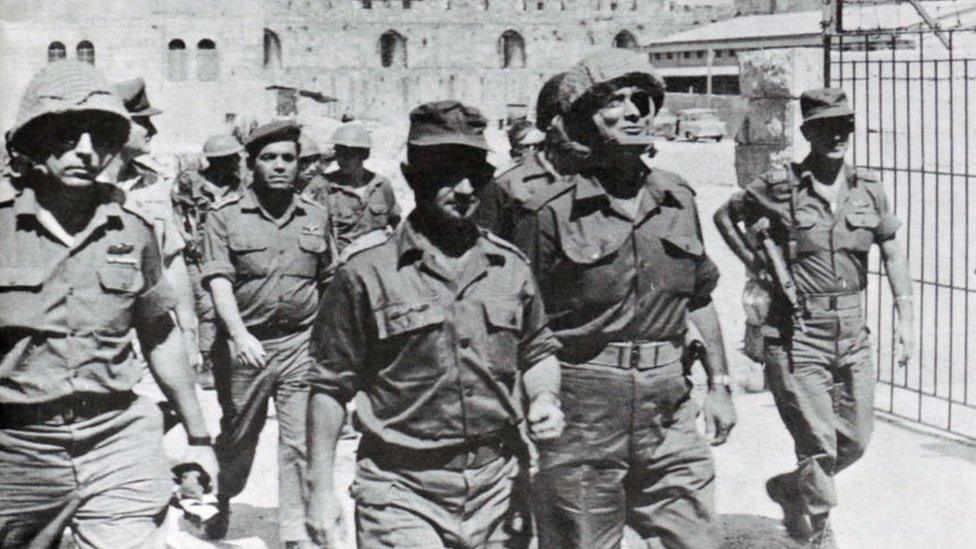
Israeli military commanders arrive in East Jerusalem, after Israeli forces seized East Jerusalem, during the Six Day War in 1967
Israel still occupies the West Bank, and although it pulled out of Gaza the UN still regards that piece of land as part of occupied territory.
Israel claims the whole of Jerusalem as its capital, while the Palestinians claim East Jerusalem as the capital of a future Palestinian state. Only the US recognises Israel's claim to the whole of the city.
In the past 50 years Israel has built settlements in these areas, where more than 600,000 Jews now live.
Palestinians say these are illegal under international law and are obstacles to peace, but Israel denies this.
What's happening now?

People from Palestine have protested against Donald Trump's proposals for peace in the Middle East
Tensions are often high between Israel and Palestinians living in East Jerusalem, Gaza and the West Bank.
Gaza is ruled by a Palestinian militant group called Hamas, which has fought Israel many times. Israel and Egypt tightly control Gaza's borders to stop weapons getting to Hamas.
Palestinians in Gaza and the West Bank say they're suffering because of Israeli actions and restrictions. Israel say it is only acting to protect itself from Palestinian violence.
There have been protests by Palestinian people after Mr Trump revealed his peace plan.
"We say a thousand times, no, no, no," said Palestinian President Mahmoud Abbas, in response.
"We rejected this deal from the start and our stance was correct."
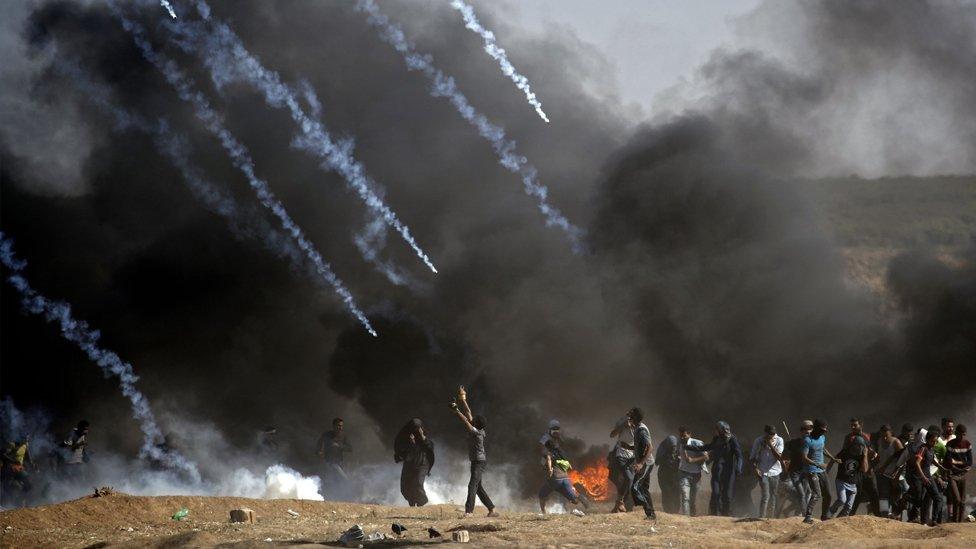
Tear gas is fired at protestors during clashes with Israeli forces near the border between the Gaza strip and Israel
What are the main problems?
There are a number of issues which Israel and the Palestinians cannot agree on.
These include what should happen to Palestinian refugees, whether Jewish settlements in the occupied West Bank should stay or be removed, whether the two sides should share Jerusalem, and - perhaps most tricky of all - whether a Palestinian state should be created alongside Israel.
Peace talks have been taking place on and off for more than 25 years, but so far have not solved the conflict.
What does the future hold?
Gaza: The bullets stop, the burials go on
Donald Trump's plan was due to be revealed six months ago, but was delayed until this week.
Palestine has said previously that America favours Israel and they would not accept any plan put forward by the US.
And their response to what's been proposed is exactly that.
The aim of this plan was to bring peace to one of the most troubled parts in the world.
But it seems to have left the two sides as divided as they have been for more than 100 years.


Follow Newsbeat on Instagram, external, Facebook, external, Twitter, external and YouTube, external.
Listen to Newsbeat live at 12:45 and 17:45 weekdays - or listen back here.
- Published7 December 2017
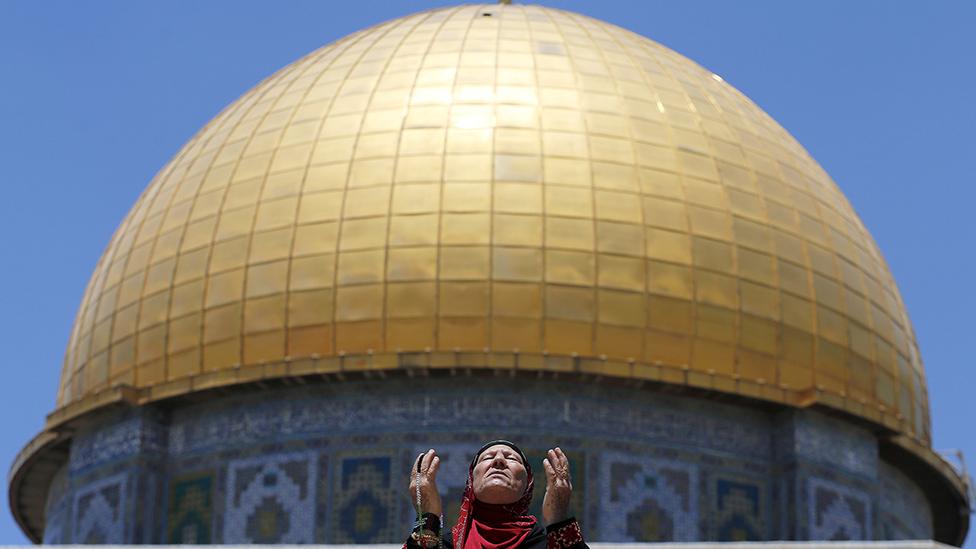
- Published14 May 2018
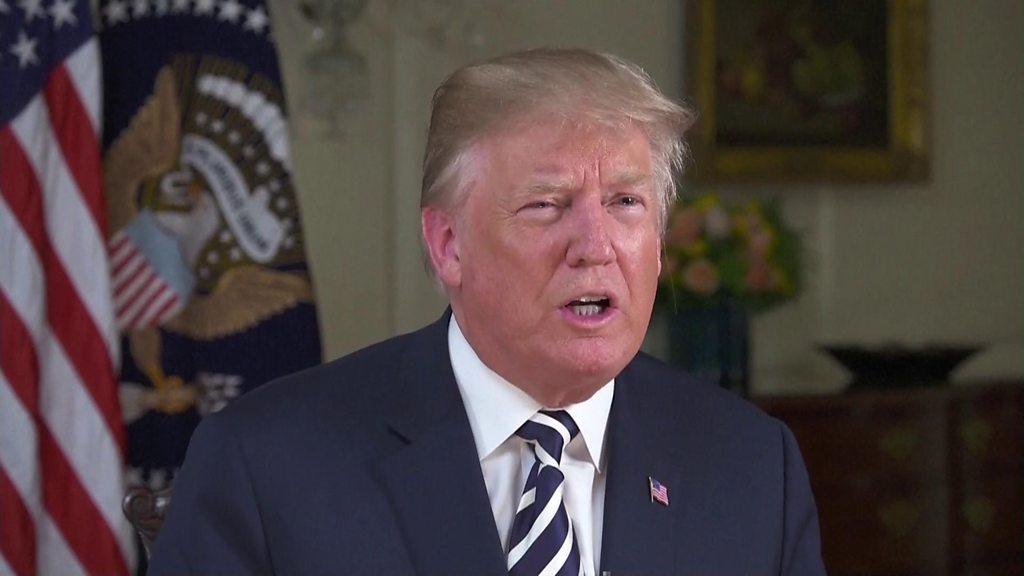
- Published14 May 2018
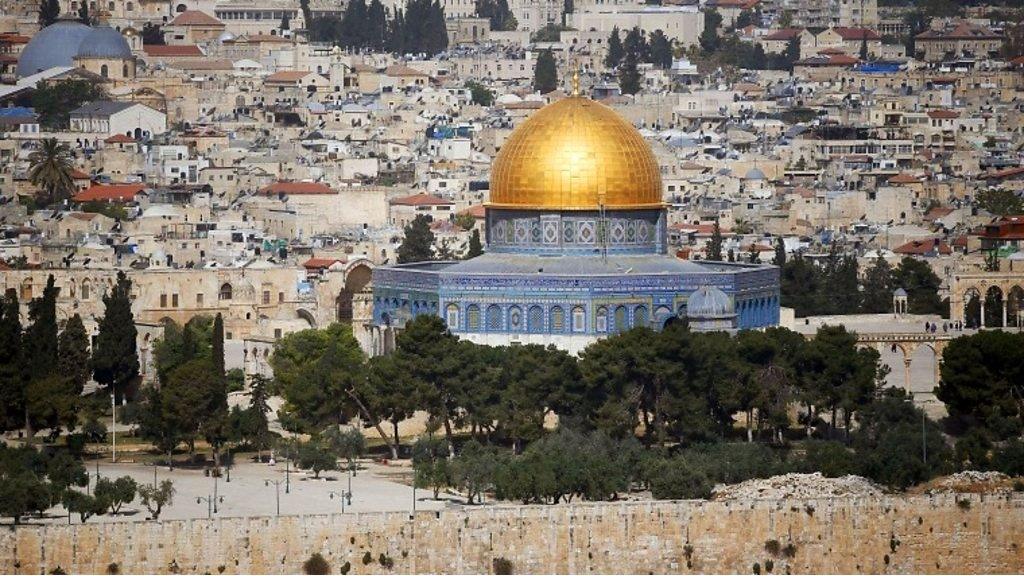
- Published12 May 2019

- Published17 May 2018
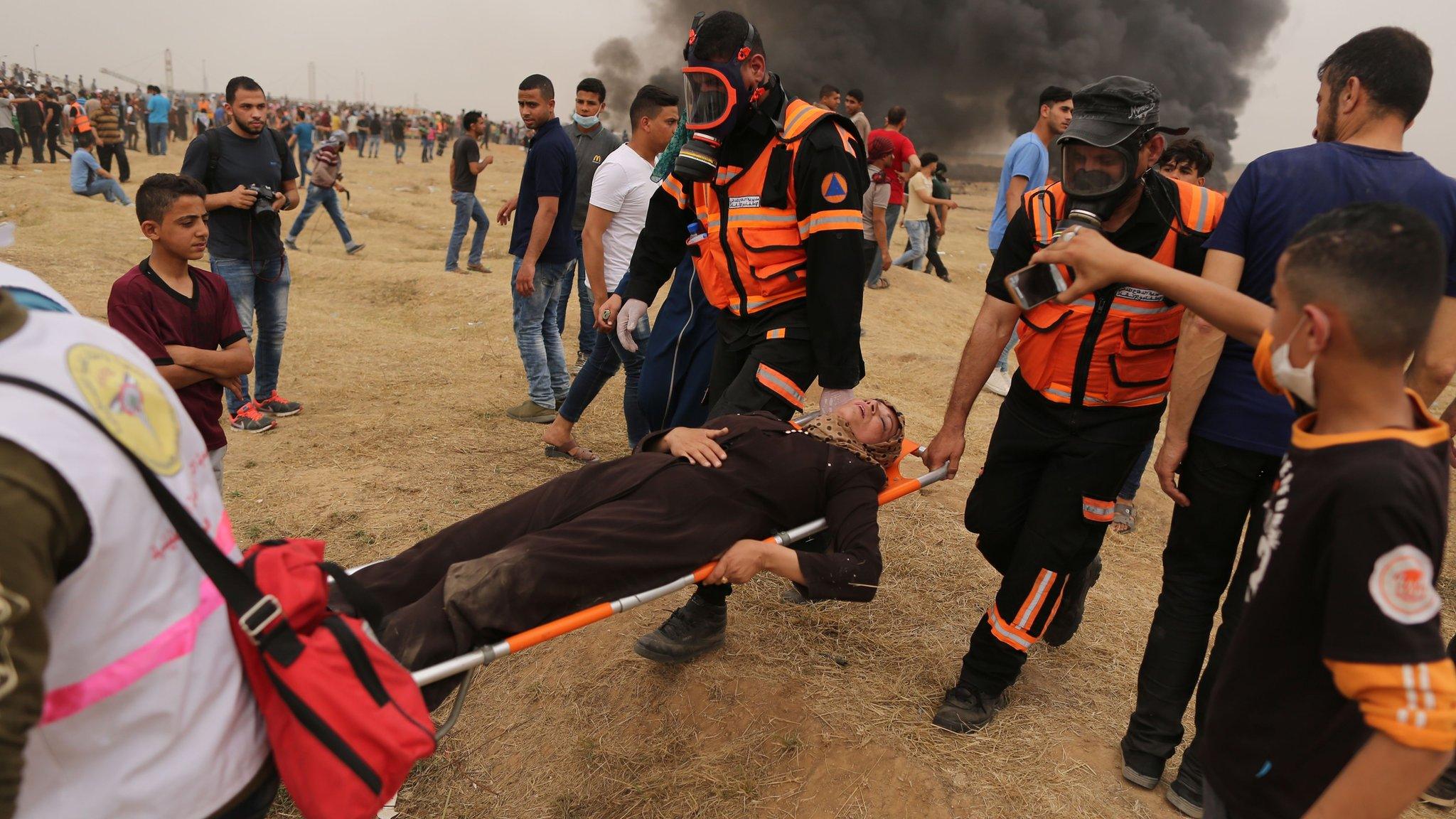
- Published15 May 2018
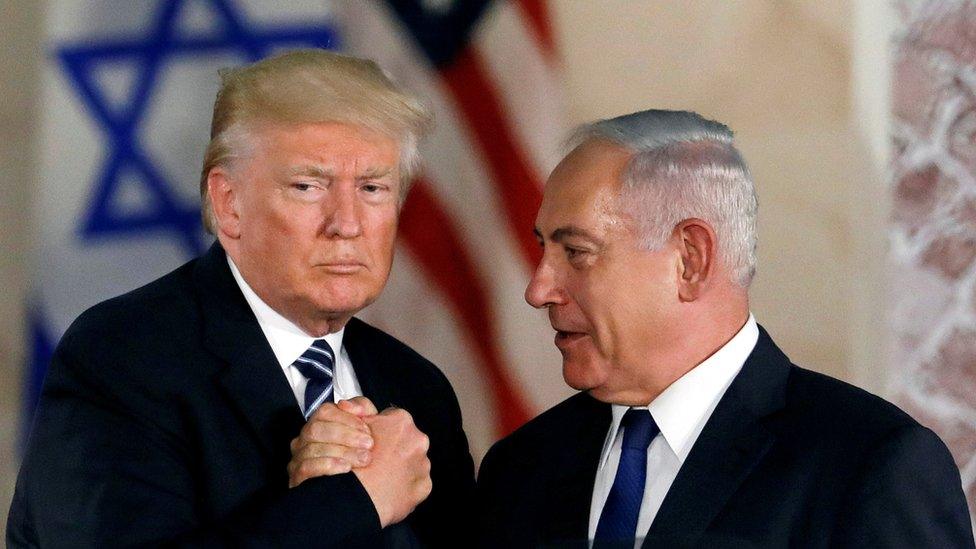
- Published15 May 2018
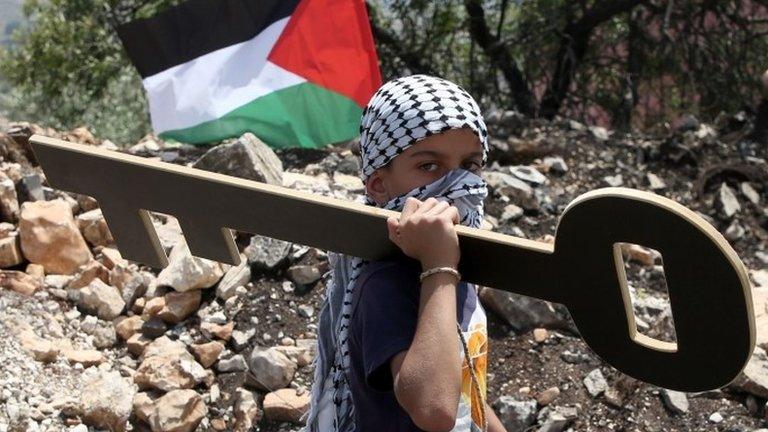
- Published15 May 2018
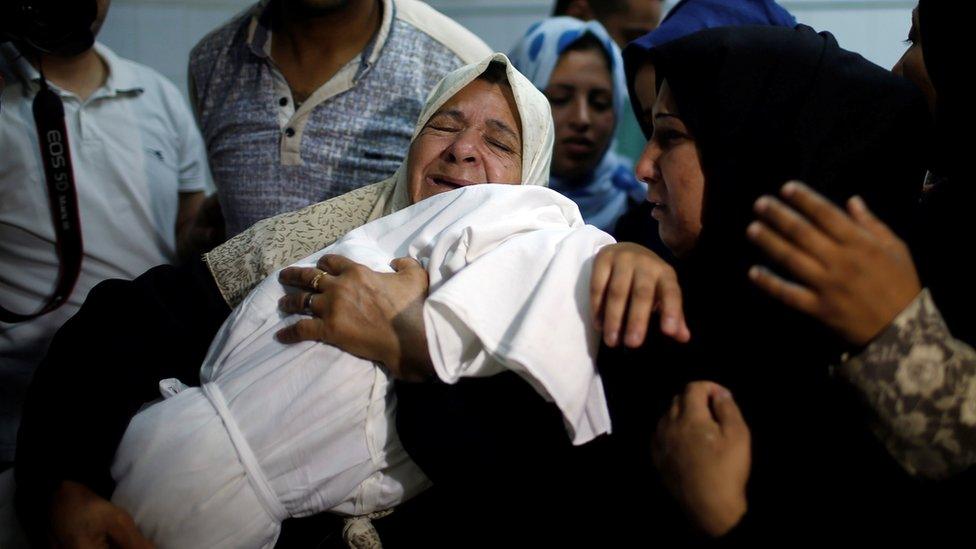
- Published15 May 2018
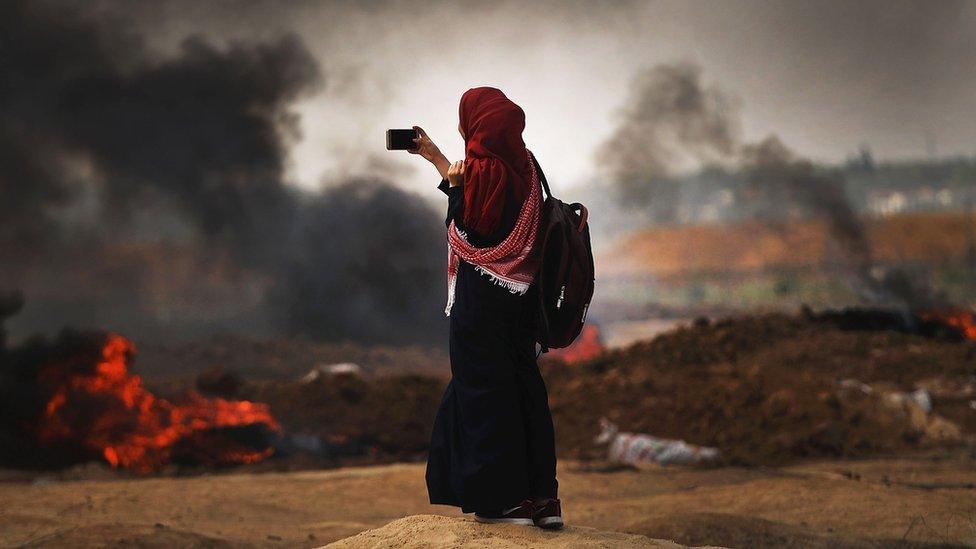
- Published26 April 2018
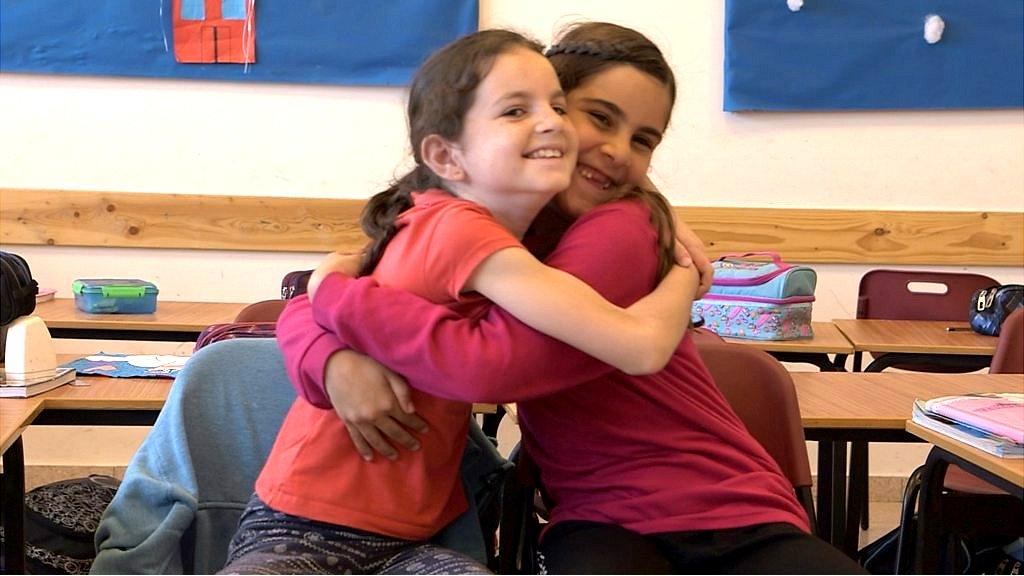
- Published29 July 2014

- Published30 November 2012
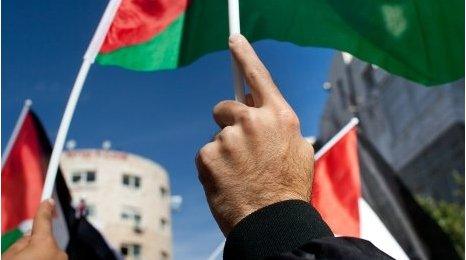
- Published13 October 2023
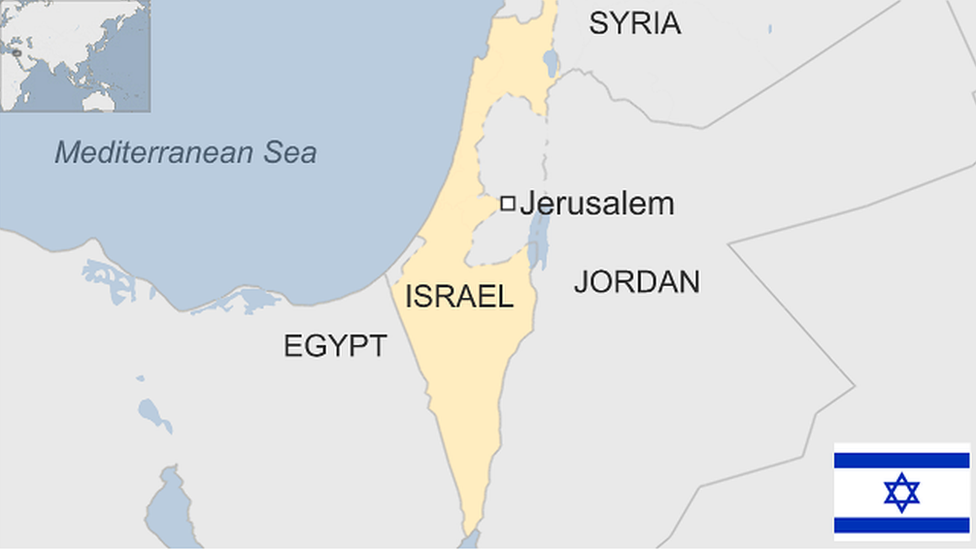
- Published26 June 2023
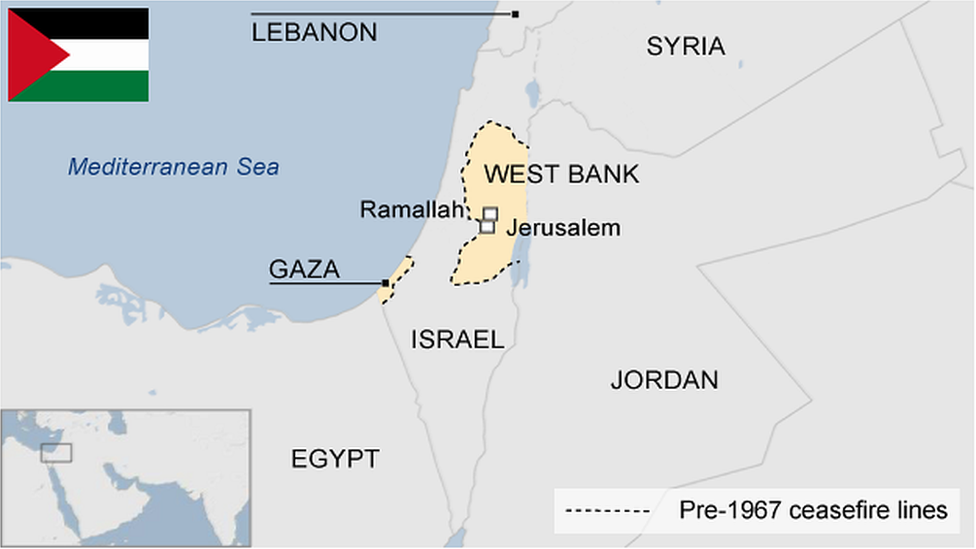
- Published28 January 2020
